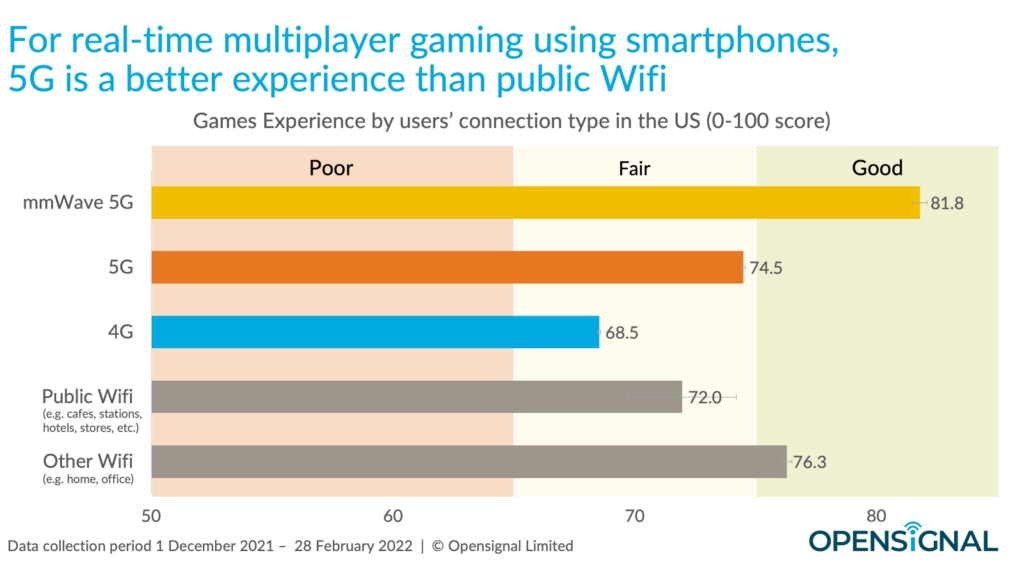Researchers at the University of Bath have developed innovative specialty optical fibers to meet the upcoming challenges in data transfer as we approach the era of quantum computing.
Quantum technologies offer unparalleled computational power, opening avenues for solving complex problems, advancing medical research, and enabling secure communication using unbreakable cryptographic techniques. However, existing cable networks may not be ideal for quantum communications due to the solid cores of their optical fibers.
Unlike traditional optical fibers, the specialty fibers created at Bath feature a micro-structured core with a intricate pattern of air pockets running along the entire length of the fiber.
“The conventional optical fibers that form the backbone of our current telecommunications networks transmit light at wavelengths determined by the losses of silica glass. However, these wavelengths are not compatible with the operational wavelengths of the single-photon sources, qubits, and active optical components essential for light-based quantum technologies,” explained Dr. Kristina Rusimova from the Department of Physics at Bath.
Dr. Rusimova, the lead senior author of the paper, emphasized: “Optical fiber design and fabrication are key areas of research at the University of Bath Department of Physics, and the optical fibers we are developing with quantum computers in mind are laying the groundwork for the data transmission requirements of the future”.
Light serves as a highly promising medium for quantum computation due to the distinct quantum properties of individual light particles or photons. Quantum entanglement is a prime example, where separated photons can instantly influence each other’s properties, offering significantly greater computational power compared to classical computers. Unlike binary bits, entangled photons can exist simultaneously as both one and zero, showcasing the immense potential of quantum technologies.
“A quantum internet is essential for unlocking the vast promises of emerging quantum technology,” stated Dr. Cameron McGarry, a physicist at Bath and the first author of the paper. “Similar to the current internet, a quantum internet will rely on optical fibers to transmit information from node to node. These optical fibers are likely to differ greatly from those currently in use and will necessitate different supporting technologies to be effective.”
The researchers shed light on the challenges of the quantum internet in relation to optical fiber technology and propose various solutions for constructing a scalable and reliable quantum network. This includes utilizing fibers for long-range communication and specialized fibers for quantum repeaters, which can extend the reach of this technology.
Furthermore, they describe how these specialty optical fibers can facilitate quantum computation at network nodes by acting as sources of entangled single photons, quantum wavelength converters, low-loss switches, and containers for quantum memories.
“Unlike the optical fibers commonly employed for telecommunications, specialty fibers routinely fabricated at Bath have a micro-structured core, featuring a complex pattern of air pockets running along the entire length of the fiber,” noted Dr. McGarry. “The arrangement of these air pockets enables researchers to manipulate the properties of the light within the fiber, creating entangled photon pairs, altering the color of photons, or even trapping individual atoms inside the fibers.”
“Researchers worldwide are making rapid and exciting advancements in the capabilities of microstructured optical fibers that are of interest to industry,” mentioned Dr. Kerrianne Harrington, a postdoctoral researcher in the Department of Physics. “Our perspective highlights the exciting progress of these novel fibers and their potential benefits for future quantum technologies.”
“The ability of fibers to tightly confine light and transport it over long distances is what makes them valuable,” added Dr. Alex Davis, an EPSRC Quantum Career Acceleration Fellow at Bath. “In addition to generating entangled photons, this capability allows us to create more complex quantum states of light with applications in quantum computing, precise sensing, and secure message encryption.”
The concept of quantum advantage, where a quantum device surpasses a conventional computer, has yet to be definitively proven. The challenges outlined in the perspective are expected to steer new directions in quantum research, bringing us closer to achieving this significant milestone. The optical fibers developed at Bath are poised to play a vital role in establishing the foundation for the future of quantum computing.
Journal reference:
- Cameron McGarry, Kerrianne Harrington, Alex O. C. Davis, Peter J. Mosley, Kristina R. Rusimova. Microstructured optical fibers for quantum applications: Perspective. Applied Physics Letters Quantum, 2024; DOI: 10.1063/5.0211055



